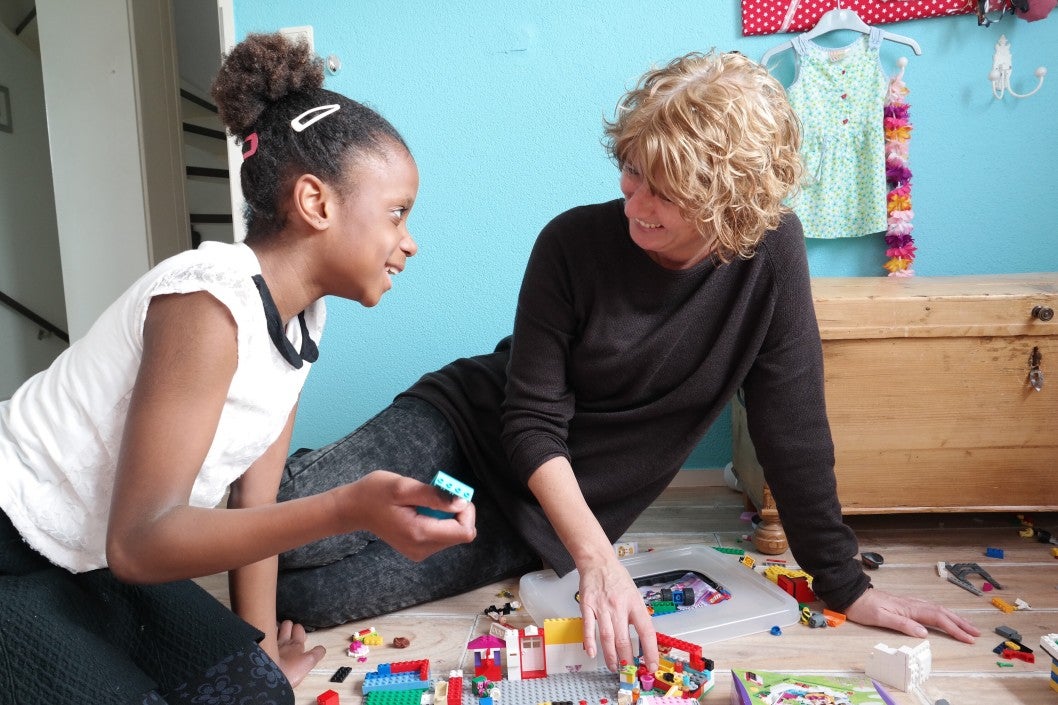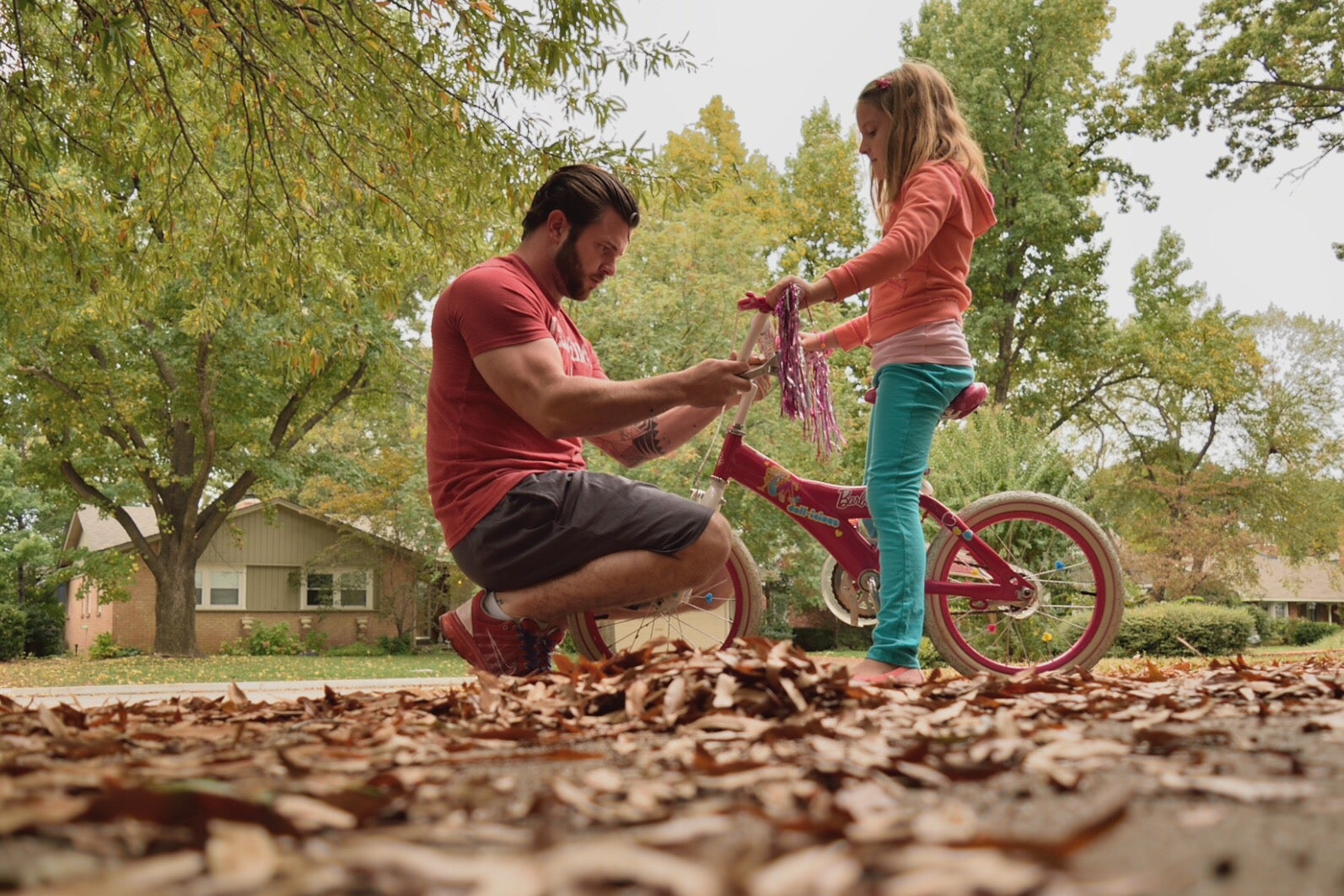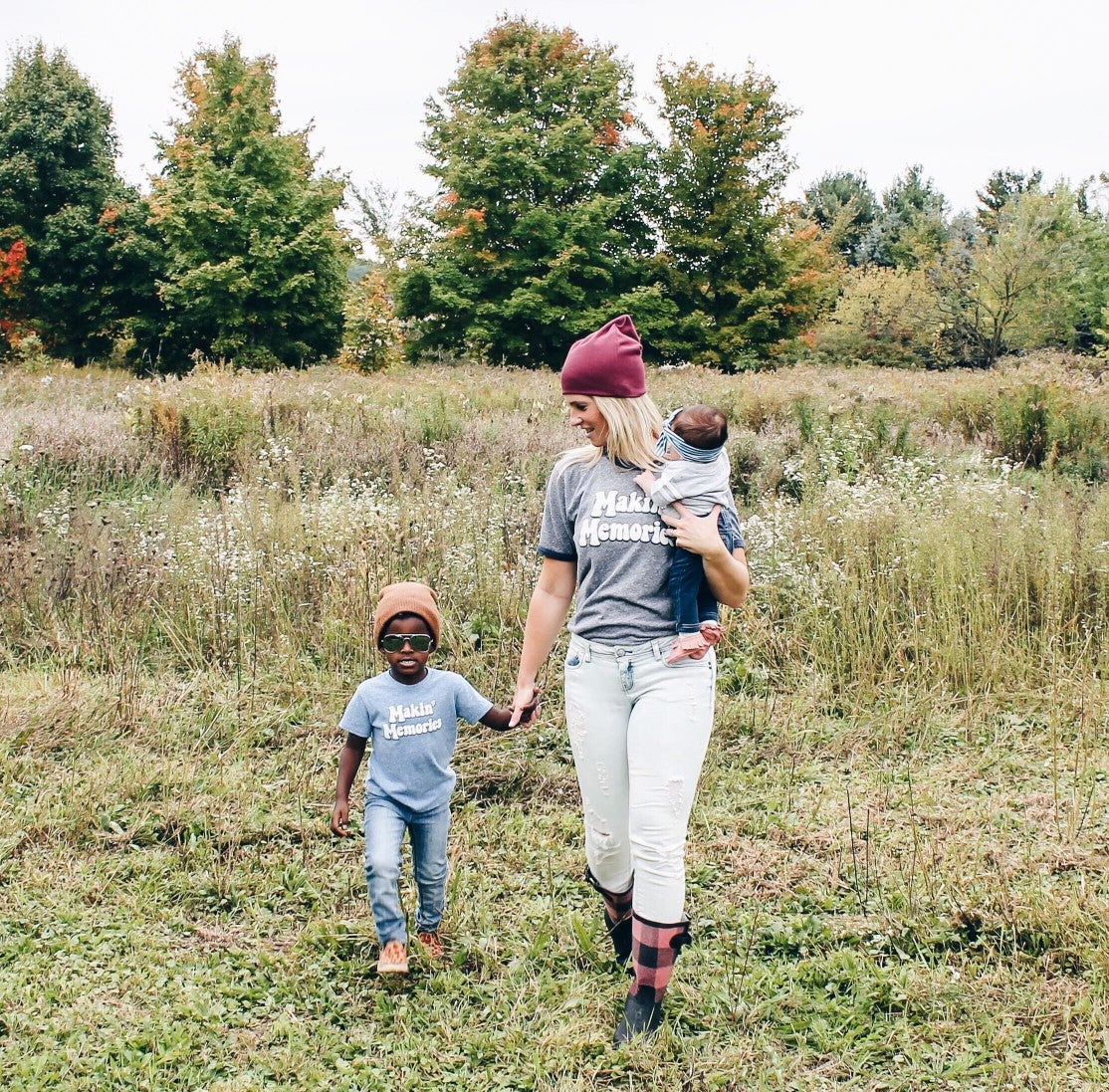5 Infertile Couples Speak About the Adoption Process
Uncategorized
If the name Dave Thomas sounds familiar, it’s because he’s the late founder of the Wendy’s fast food chain, as well as an adoptee himself. Adopted at six weeks old, adoption-focused philanthropy factored prominently in his business endeavors throughout his lifetime.
Today, the Dave Thomas Foundation for Adoption funds education programs for children in foster programs and awards grants to adoption organizations across the United States.
Other famous adoptees include John Lennon, country singer Faith Hill, actress Halle Berry, Little Women author Louisa May Alcott, President Gerald Ford, First Lady Eleanor Roosevelt and Apple co-founder Steve Jobs.
However, adoption stories don’t need to feature celebrities to be special or inspiring. Across America, in regular neighborhoods, millions of couples from all kinds of backgrounds have grown their families through adoption.
Here are five families who chose to open their homes and their hearts to a child through the adoption process.
1. Adopting at Age 41

After infertility treatments were unsuccessful, elementary school teacher Kim Rapier says she was ready to pursue the adoption process but worried she and her husband were in for a long wait due to their age. At 41, her social worker warned her that birth mothers were less likely to choose her. Although an increasing number of women are starting their families later in life, birth mothers still tend to select couples in their 20s and 30s.
Thus, Kim was unprepared to receive a call telling her to prepare to meet her son’s birth mother. Her shock quickly turned to joy as she and her husband readied their home for the new baby.
Kim also describes the painful and sometimes awkward comments she received from friends and co-workers in the months leading up to her son’s birth. “How much will the baby cost?” asked an acquaintance. A pregnant friend told Kim how “lucky” she was to have skipped over the pregnancy part of motherhood — an unintentionally careless remark that was incredibly hurtful for someone who had tried for years to conceive.
For couples who move on to the adoption process after trying to have a baby, being on the receiving end of insensitive comments can conjure up negative feelings about infertility and pregnancy loss.
Fortunately, Kim and her husband also received many loving comments, including the enthusiastic support of Kim’s entire class of first-graders.
Although motherhood was an adjustment for the Rapiers, Kim says she is rediscovering the little joys of life as she raises her son, who is healthy and thriving.
Age affects fertility in several ways. If you’re still on the fence about adoption but your biological clock is ticking away, you can consider other options, such as freezing your eggs or using a donor egg when you’re ready to TTC.
2. Open Adoption
In an open adoption, the adoptive parents continue some form of contact with the child’s birth parents — usually just the birth mother. The degree and frequency of this contact can vary widely, with some families limiting it to letters and pictures, and others arranging in-person meetings and even regular visitation between the child and their birth mother.
Whatever form it takes, open adoption is generally regarded as a more positive arrangement than the closed adoption model, which was popular in previous decades. In a closed adoption, the child has no contact with the birth mother and may not even be aware of the adoption. For an adopted child, this can lead to painful discoveries and a sense of lost identity later in life.
On the other hand, open adoption can sometimes create tension between the birth mother and the adoptive parents. Kim Green, who adopted her son after two years of infertility treatments, describes her open adoption as “complicated.”
After other adoptions fell through, the Greens were nervous about beginning yet another adoption journey that might end in heartbreak. However, they connected with an expectant mother with four older children, who explained that her pregnancy was the result of a brief relationship she’d had during a difficult divorce. The baby was biracial, and the biological father was now in prison. With four other children at home, the mother couldn’t support another child. Kim and her husband decided to take another chance at the adoption process.
Initially, their son’s birth mother was adamant about wanting no contact with the child or the Greens until the child turned 18. Within a week after his birth, she’d softened her stance and began asking for letters and pictures. Although Kim and her husband were reluctant to allow this contact, Kim says they “sometimes begrudgingly” send out packages with photos and other information every six months. Their son’s birth mother also sends packages and gifts.
For the Greens, open adoption is a challenge because their son’s birth mother regularly changes her mind regarding how much contact she desires. Like many other adoptive parents with open adoption arrangements, they worry this inconsistent contact will be a source of confusion for their son. According to Kim, they aren’t legally obligated to allow the contact, but they do their best to comply with the birth mother’s wishes.
3. Adopting Older Children

As some couples move along the adoption process, they learn they may be waiting years if they restrict their options to an infant. Understandably, many adoptive parents long to experience all of their child’s firsts: the nighttime feedings, the first tooth and those first few precious, precarious steps.
Because the number of newborns available for adoption is far fewer than the number of families eager to adopt, many adoptive parents expand their search to older children.
For Kate Robertson, adopting two older children comes with its own set of “firsts,” including the first time her 10-year-old son called her mom, and the first time her eight-year-old daughter said “I love you.”
After struggling with infertility, Kate and her husband became certified foster parents in Louisiana. When their social worker asked if they would consider siblings, they agreed to a foster-to-adopt arrangement with a brother and sister.
Although her children have had challenges and bumps in the road, Kate says they are truly a family. Because the children have moderate health needs, they receive financial assistance from the state, as well as counseling services and money for other costs.
For many adoptive families, adopting through their state’s foster care system is an option that offers a variety of benefits. Generally, the costs of adoption are much lower — and in some cases non-existent — than going through a private adoption agency or using the services of an adoption lawyer. Many children in the foster care system are eligible to receive state or federal financial assistance, and there are federal tax credits available to foster parents that help cover the cost of court expenses, legal fees and travel costs.
Adoptive parents willing to accept a child with special needs may also qualify for financial assistance through the federal Adoption Assistance Program. According to a National Adoption Attitudes Survey, four in 10 Americans state that they have thought about adoption. It would take just one in 500 people adopting to place every child in the U.S. foster care system with an adoptive parent.
Furthermore, “special needs” is a big label that doesn’t necessarily mean that a child has severe physical or emotional problems. A child designated as having special needs may simply require glasses, or may have a mild learning delay.
4. LGBT Adoption

For lesbian and gay couples, the adoption process has historically been fraught with obstacles. Although same-sex couples are not necessarily “infertile” in the traditional sense, many choose adoption instead of pursuing other routes to parenthood.
According to Josh and Travis, who adopted their son prior to the Supreme Court’s historic Obergefell v. Hodges decision overturning state laws that banned gay marriage, LGBT adoption was an eye-opening experience.
Josh says he was surprised by cultural attitudes that “[relegate] male parents [to] the backseat when it comes to nurturing and caregiving.” Josh and Travis also had to maneuver through some rather intricate adoption procedures to achieve a joint adoption — which was not legal for same-sex couples in their home state of Wisconsin at the time of their adoption. By working with an adoption lawyer, they discovered that a form of second parent adoption was legal in a single Wisconsin county, which allowed Josh to adopt their son, with Travis named as a legal guardian.
In early 2016, a federal judge struck down Mississippi’s ban on same-sex adoption, making LGBT adoption legal in every state in the country.
However, a handful of states are considering legislation that would permit organizations that oversee state adoptions to turn away lesbian and gay couples if sexual orientation conflicts with the organization’s religious beliefs. In some states, these organizations receive state funds, which means they are not entirely privately-funded. Adoption experts anticipate that any state laws attempting to curtail same-sex adoption will be met with legal challenges.
Because the law in this area is still evolving, same-sex couples who would like to adopt may wish to consult with an adoption lawyer or other adoption resources in their state for more information on the status of the law and any likely changes.
Current estimates put the number of gay and lesbian adoptive parents at over 16,000, with same-sex couples raising approximately 22,000 adopted children in the United States. The National Longitudinal Lesbian Family Study has followed 154 same-sex mothers and 78 children since 1986 and has found high levels of social and academic competence among the children in the study, with no significant differences between children raised by lesbian mothers and children raised by heterosexual couples.
5. International Adoption
Traveling overseas can be an intimidating experience all on its own. Add a new baby to the mix, and it can quickly get downright scary. For Laurie and Travis Good, however, a strong connection to their child’s home country, Vietnam, gave them the confidence boost they needed to tackle the international adoption process.
Prior to adopting their son, they had traveled extensively in Vietnam, and they developed a deep fondness for the people and the culture. Interestingly, the Goods had already decided to adopt from Vietnam before experiencing infertility.
When they had difficulty conceiving, they decided to go ahead with the adoption process in Vietnam. Within six months, they received notice that a five-month-old boy was available for adoption, so they made the long journey to the Vietnamese orphanage. Laurie describes being a bit blindsided when a worker basically deposited the baby in her arms and showed the Goods the door. “We didn’t know anything about his feeding schedule, his naps, his needs.”
Although the first few months were challenging, the Goods eventually decided to adopt from Vietnam again. This time, however, they were delighted to discover that Laurie was pregnant. Their biological daughter was born shortly after they adopted their second son from Vietnam, taking them from a family of two to five in just a couple years.
Beginning the Adoption Process

Like pregnancy, adoption is a process. Many adoptive parents describe it as a journey. In other words, it’s usually not something that happens over a span of days or weeks — although there are certainly plenty of families who have experienced a rapid placement. Much like TTC, it requires patience and sometimes even a willingness to endure a little heartache before crossing the finish line.
Fortunately, there are many resources available for couples thinking about adoption. You can visit the National Adoption Day website to learn more about various forms of adoption, including the foster care system.
Do you have an inspiring adoption story to share? How do you plan to celebrate National Adoption Day on November 19? Share your adoption journey by tweeting us @ASTROGLIDE.
Images are for illustrative purposes.
